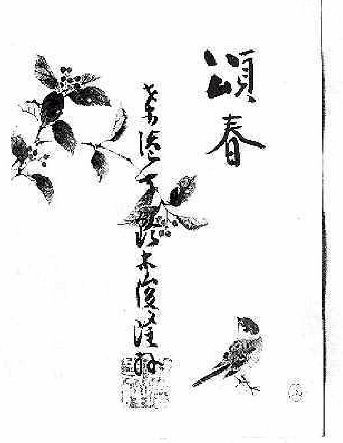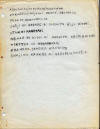From Shunryu Suzuki's Hand
other graphics-sutra-cardsclick on thumbnails to enlarge
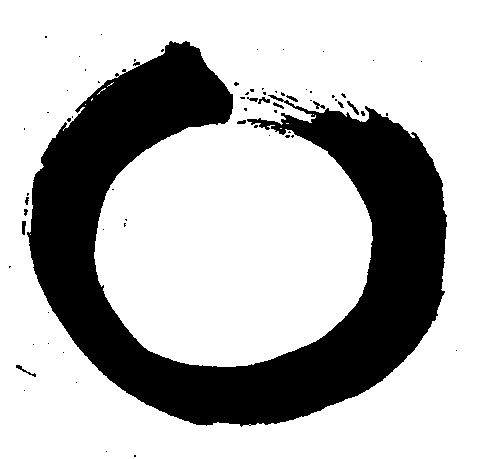 Shunryu Suzuki Letters and Cards and Brush Work. Shunryu Suzuki Letters and Cards and Brush Work.
These are the only examples of correspondence by Suzuki that I can find. If anyone has any more, I'd be happy to include them in this archive. Thanks - DC. Adding calligraphy and doodles starting 10-02-14 and the Heart Sutra card links on 10-19-14
ZMC Benefit Art Exibition and Sale poster - First use of Shunryu Suzuki's famous enso.for a fundraiser organized by Mike in 1966 More on this famous enso
Bob Watkins on Suzuki's Nyorai sumie used for the cover of Zen Mind, Beginner's Mind.
from Richard Baker's Introduction to Zen Mind, Beginner's Mind: The calligraphy on the front of the binding reads nyorai in Japanese or tathagata in Sanskrit. This is a name for Buddha which means “he who has followed the path, who has returned from suchness, or is suchness, thus-ness, is-ness, emptiness, the fully completed one.” It is the ground principle which makes the appearance of a Buddha possible. It is Zen mind. At the time Suzuki-roshi wrote this calligraphy€”using for a brush the frayed end of one of the large swordlike leaves of the yucca plants that grow in the mountains around Zen Mountain Center€”he said: “This means that Tathagata is the body of the whole earth.” *** Two more Suzuki yucca leaf brush late entries like the famous to us one above - sent by Bob Watkins
Need 2nd opinion Read about the origin of the unique brush in Bob Watkins interview click on thumbnails to enlarge
Suzuki's? Maybe. A wind bell for the Wind Bells. See other uses of this and more artwork from early Wind Bells.
from Wind Bell 67-02 Shunryu Suzuki Curriculum Vitae Done with Kobun Chino in 1969 in preparation for the interviews with him on his life by Peter Schneider - see Shunryu on Shunryu PDF of this CV in Suzuki's hand
for Grahame Petchey
Read about the origin of this in Zen Is Right Here.
Read about the origin of this piece in Zen Is Right Here.
From a January 1964 Suzuki lecture on Blue Cliff Records model subject #46 - as presented in the February Wind Bell.
Reading R to L up to down Daizai geda puku --- Great robe of liberation And here's the Kechimyaku that went with it.
Ōzammai - king samadhi
A New Year's card Suzuki sent to Elsie Mitchell - More here
click on thumbnail to enlarge
Comment and translation of the above by Shohaku Okumura, ed by DC - thanks Tracy Cramer (who has a copy of it) for getting this from Okumura. The writing of Suzuki Roshi is a part of the Eko for a service, Sutra Chanting for Mortuary Hall Patrons (in Soto School Scriptures For Daily Services And Practice published by Sotoshu Shumucho). It is in page 68 of the book. The English translation of this part of the eko is: The merit generated thereby may assist their awakened spirit and adorn the land of their reward. We humbly pray that within the current of birth and death they shall be as the lustrous pearl shimmering undisturbed in the vast sea; that on the shore of nirvana they shall be as a cinnamon moon shining alone in the azure sky; so that they will guide the entire world, together climbing the path to awakening. |
Below is just some piece of writing from Suzuki. A translation is below it revealing nothing of importance. Probably should just delete it but what the heck. - dc
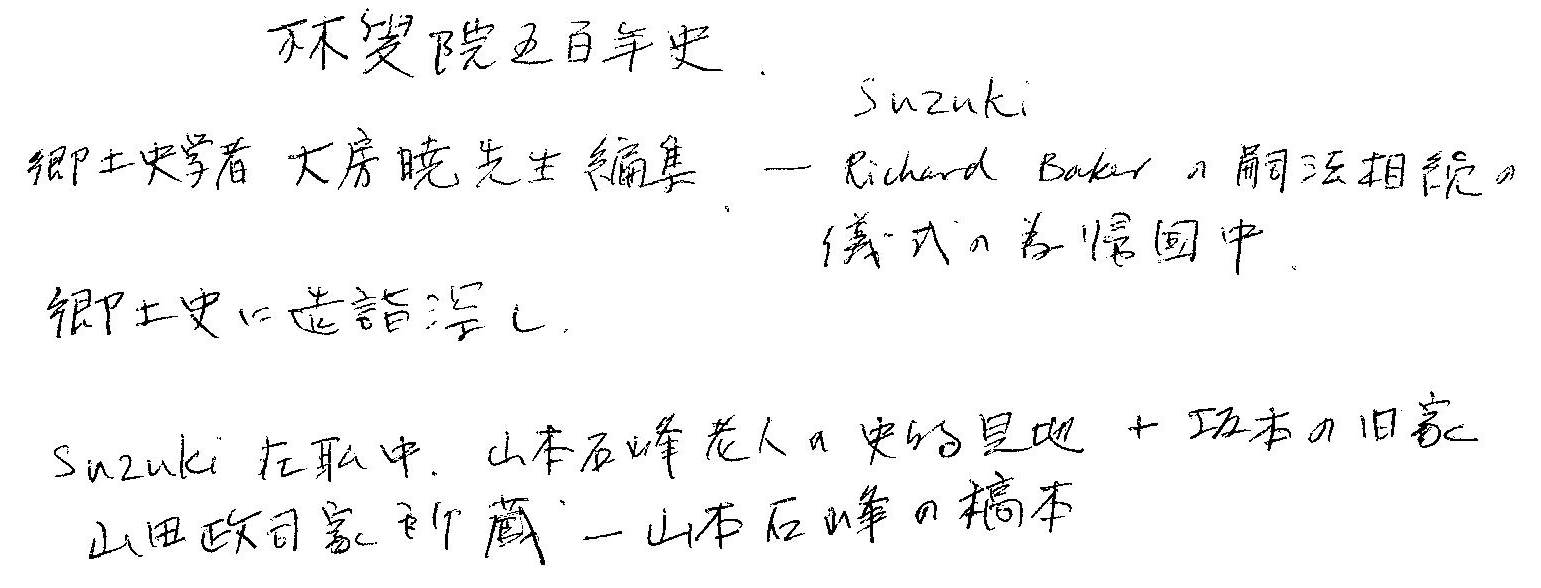
500 Hundred Year History of Rinsoin
|
Edited by Master Akatsuki Ofusa Scholar of local cultures |
Went back to the home country to attend
the dharma heir ceremony of Richard Baker |
Has a profound knowledge of local
cultures
While Suzuki in office, Master Ishimine (or
Sekiho) Yamamoto's historical standpoint
+
Old established
family in Sakamoto
Possession of family of Masaji Yamada -
Ishimine (or Sekiho) Yamamoto's original script
DC note - Sakamoto is the area where Shunryu Suzuki's Japanese temple Rinsoin is. There's an interview with Masaji Yamada on cuke.
Writing in Japanese by Shunryu Suzuki and others
Shunryu Suzuki various writing in Japanese on Sokoji stationary
.jpg)
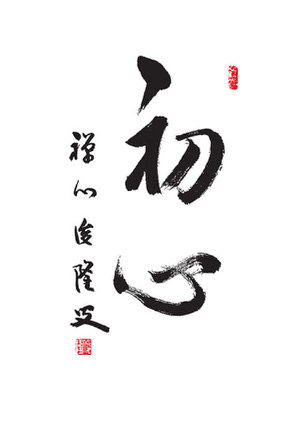
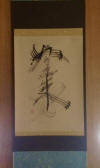
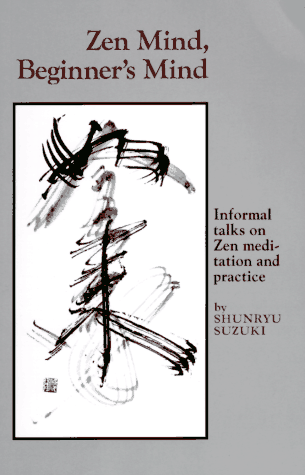

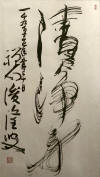
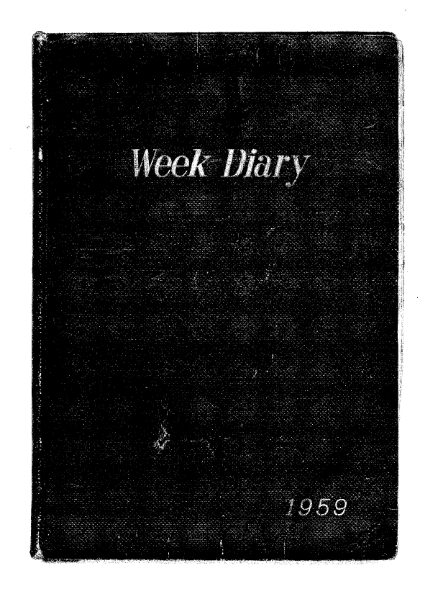
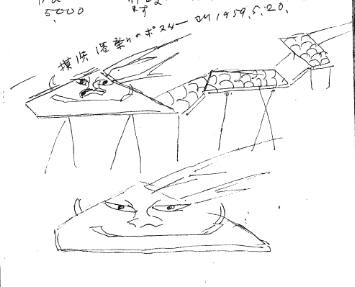
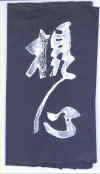
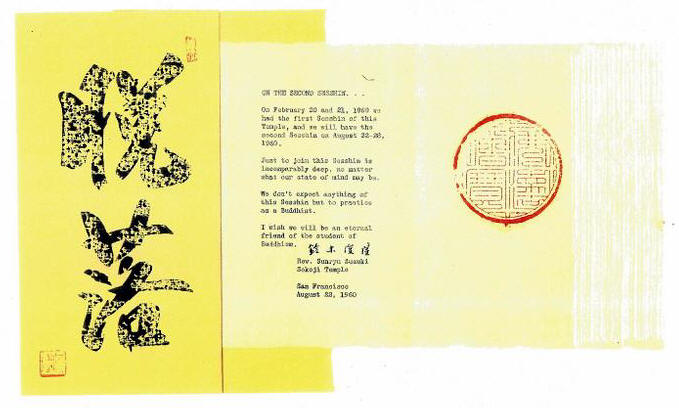


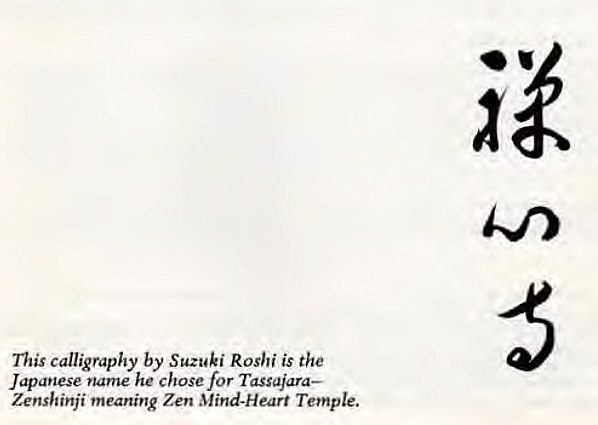
_small.jpg)
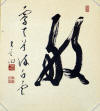
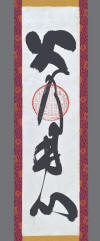
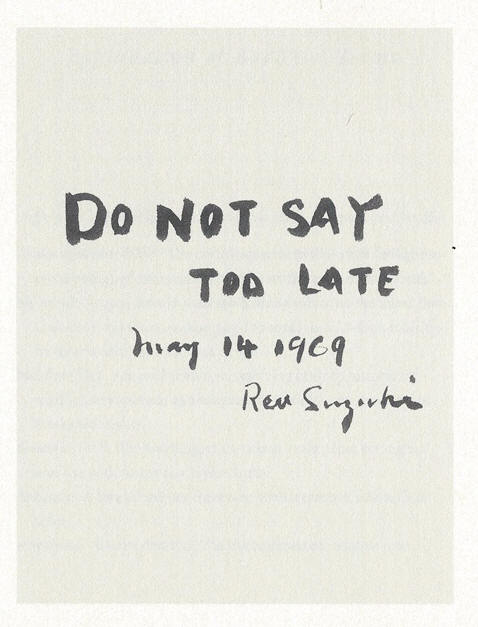
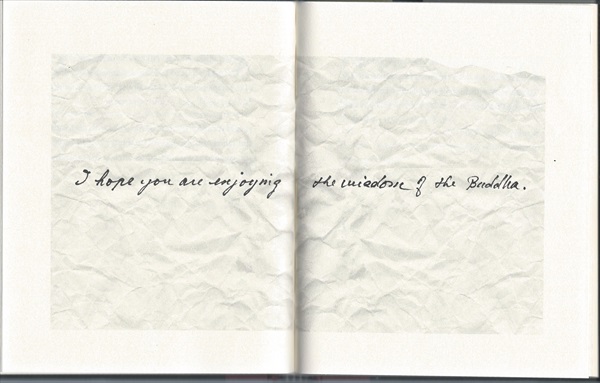


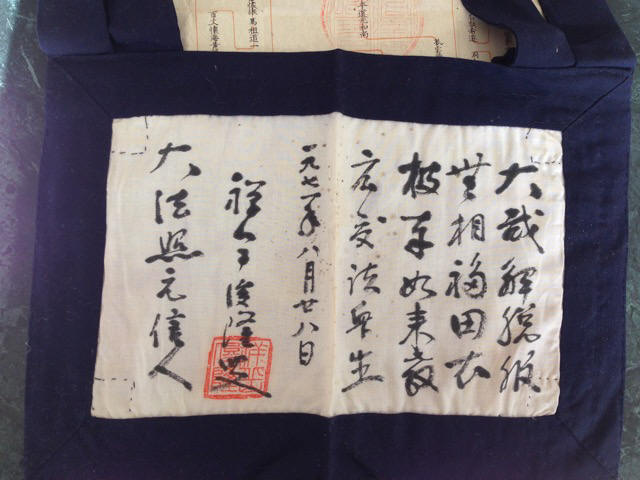
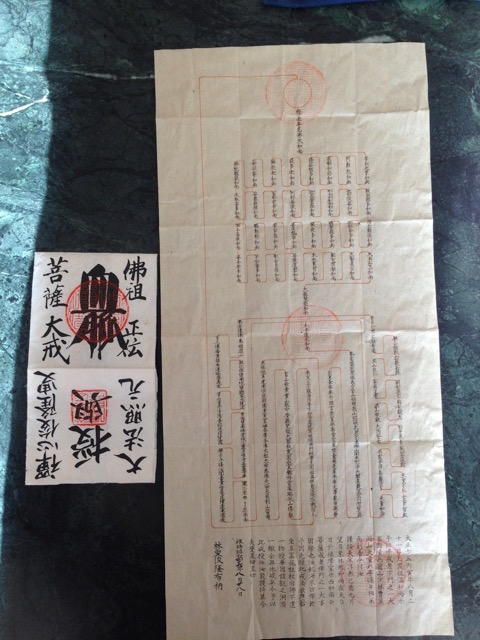

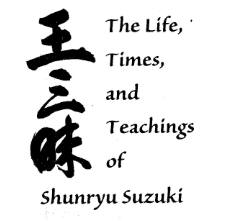 Calligraphy from Suzuki on the cover of the
Calligraphy from Suzuki on the cover of the 